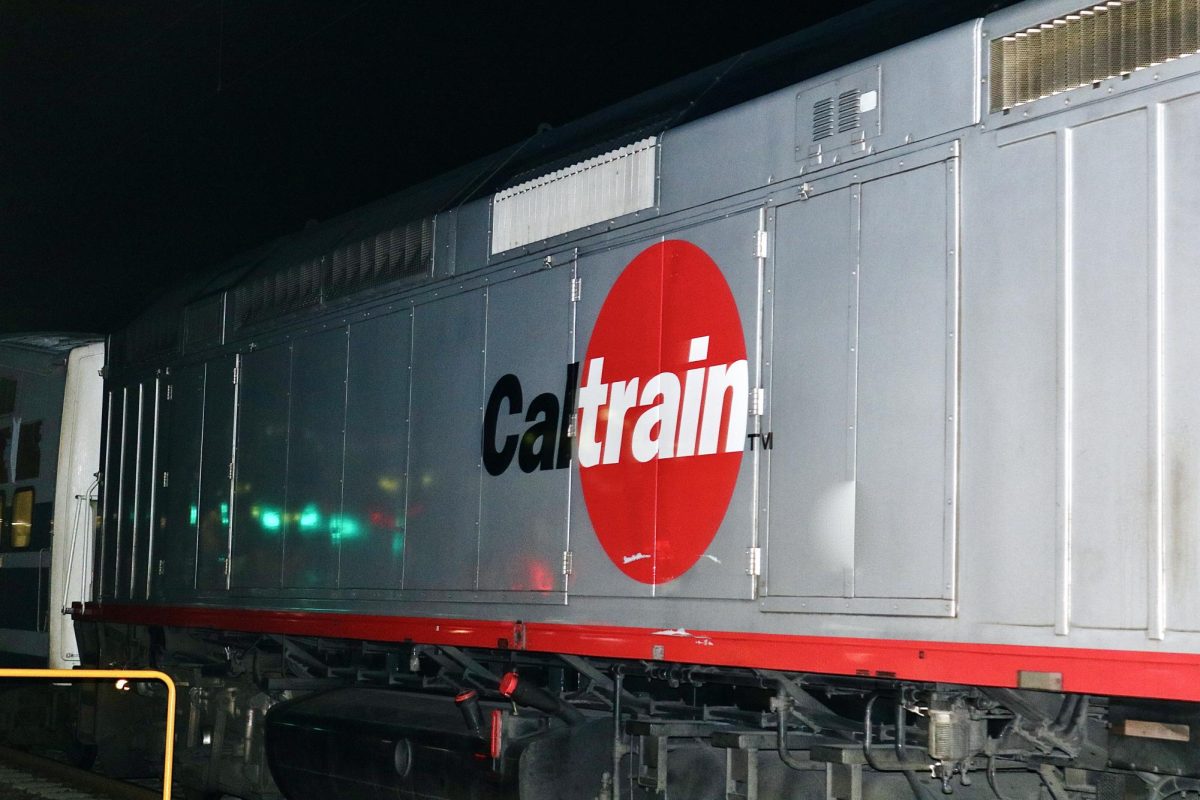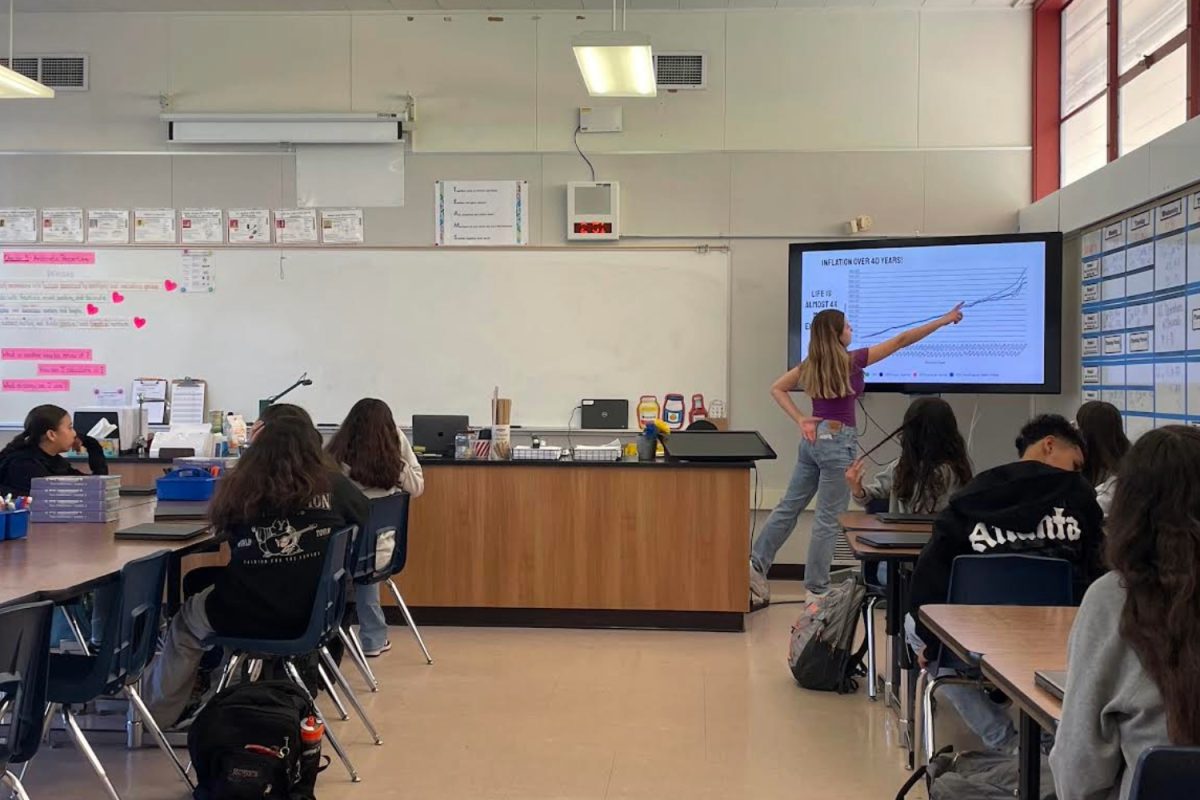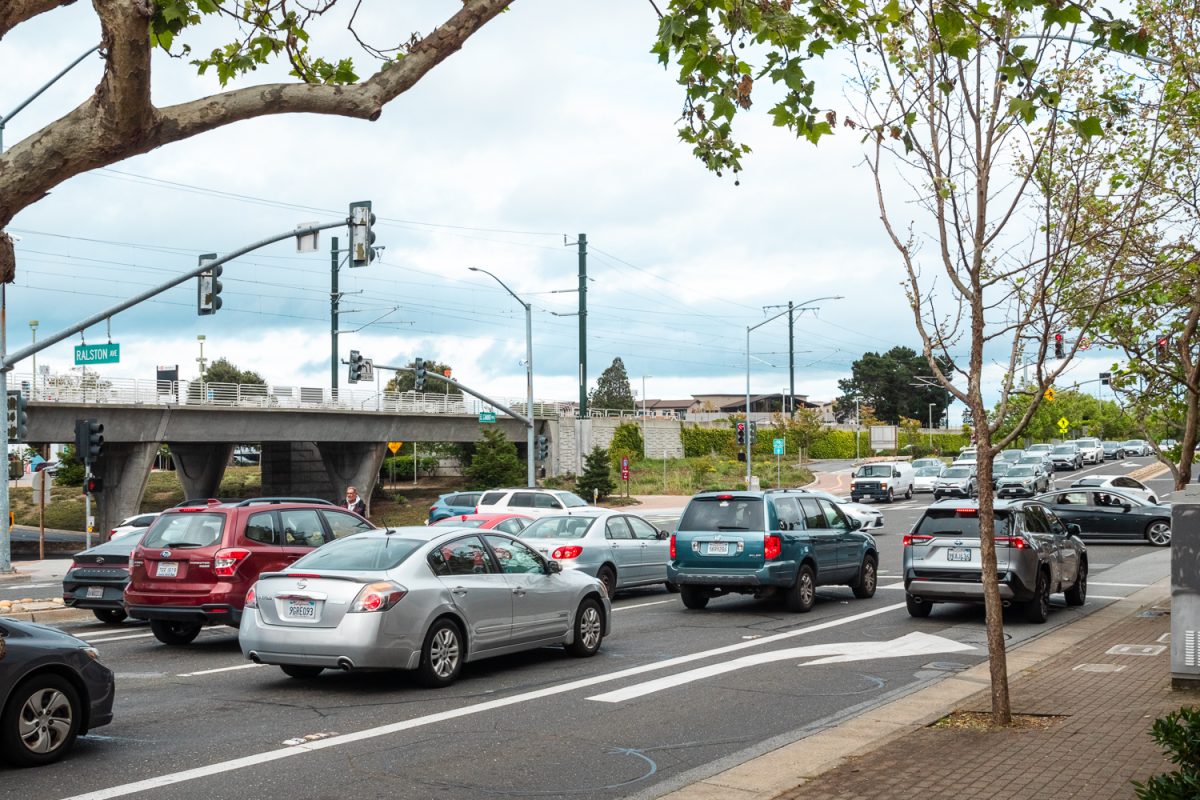Caltrain bolts into 2024 with an electrification project.
According to Caltrain, most diesel trains will be replaced with electric alternatives between San Francisco and San Jose. The electrification is expected to increase speed, frequency, comfort, and sustainability by the fall of 2024 and will elevate travel experiences across the Bay.
The improvements will increase the number of stations each train can reach because they will be able to accelerate and decelerate faster. This will be possible with rails built above the new trains to give them electricity.
Caltrain plans to increase its weekday 90-train fleet to 104 trains, where four southbound and four northbound trains will be running per hour during peak times.
Faster acceleration and deceleration will also shorten the ride from San Francisco to San Jose to under 60 minutes, while driving on the highway during rush hour traffic will take around 90 minutes, according to Caltrain.
“Highway 101 has been especially busy lately, so I could see more people wanting to use other transportation methods,” said Alicia Ledwith, a San Carlos resident for over 25 years.

standard headers gl / The Khronos Group, MIT, SGI, and Brian Paul / Apache 2.0
In addition to the schedule changes, the Electrification Project brings significant environmental and passenger benefits.
“The primary purpose of Caltrain Electrification is to improve Caltrain system performance and curtail long-term environmental impacts by reducing noise, improving regional air quality, and lowering greenhouse gas emissions,” said Dan Lieberman, the Public Information Officer at Caltrain.
With the changing trains, Caltrain has also undergone a considerable effort to revise stop schedules.
“The improved performance of the new electric trains will allow our trains to make more stops per hour than they do currently. The schedule is still taking shape but will likely include major improvements,” Lieberman said.
The schedule itself is not set in stone. According to Caltrain’s proposed electrification service plan, the plan underwent considerable review from users, stakeholders, and internal analysts in Oct. and Nov. and is planned to be finalized before the end of 2023.
As the schedule was being set, Caltrain also began setting up the infrastructure to operate brand-new trains. Caltrain’s construction plans claim that a new system of poles, wires, and track foundations has already been installed in all stations. During the day, workers clear spaces for further infrastructure installation, and during the night, they carry out the installations. By the fall of 2024, Caltrain predicts their trains and infrastructure will be fully converted.
In the meantime, Caltrain will provide alternative transportation. From Nov. 27 to Dec. 3, free buses will supply transportation between San Jose’s Diridon and Tamien stations.
Ultimately, this brings considerable change to public transportation in the Bay Area as transportation shifts to a more renewable and clean model. With the widespread adoption of electric cars, Caltrain must stay competitive as it moves away from its diesel roots.
“Switching from diesel to electric makes Caltrain an emission-free system for the first time in its 160-year history,” Lieberman said. “The Electrification Project will result in an across-the-board improvement of Caltrain service, helping tens of thousands of people to get where they need to go every day.”













